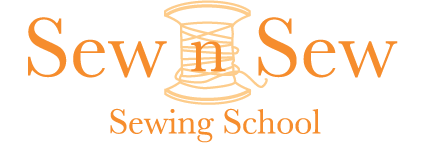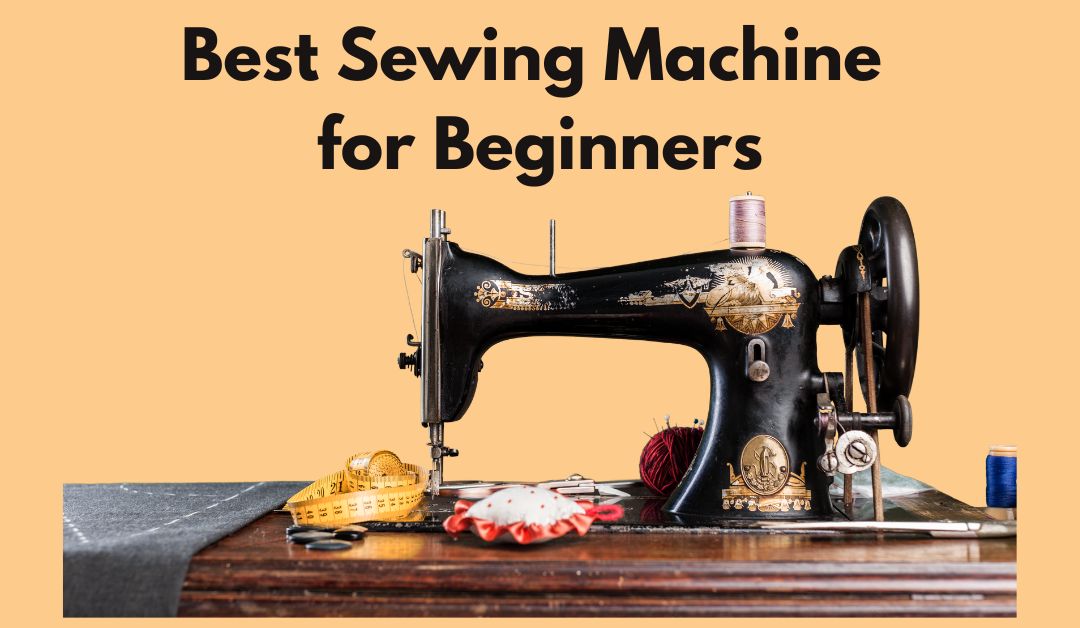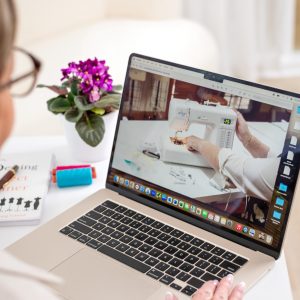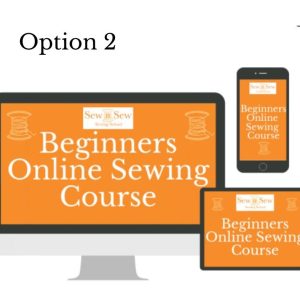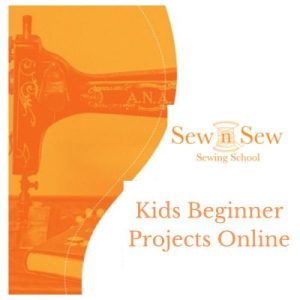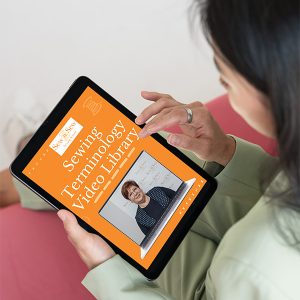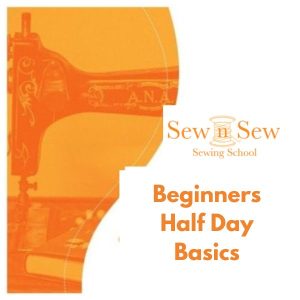Best Sewing Machine for Beginners.
Computerized vs. Manual Options
Embarking on your sewing journey as a beginner can be both exciting and daunting. In this guide Best sewing machine for Beginners l delve deeper into the factors that will help you make an informed choice between computerized and manual machines, and why opting for a cheap machine might not be the best route.
1. Understanding Your Options: Computerized vs. Manual Sewing Machines
Computerized Machines: These modern marvels are equipped with advanced technology, offering convenience and versatility. With an array of pre-programmed stitches and automated functions, they make sewing more accessible for beginners. Adjustments like stitch length and width are usually made at the touch of a button, making intricate projects simpler to execute.
Manual Machines: Traditionalists and those who prefer hands-on control often gravitate towards manual sewing machines. These machines require the operator to manually adjust settings, offering a more tactile and intuitive sewing experience. The only thing I will say is that anything under $300 is not worth considering.
Here is a link here for both of these machines Sewing machine shop
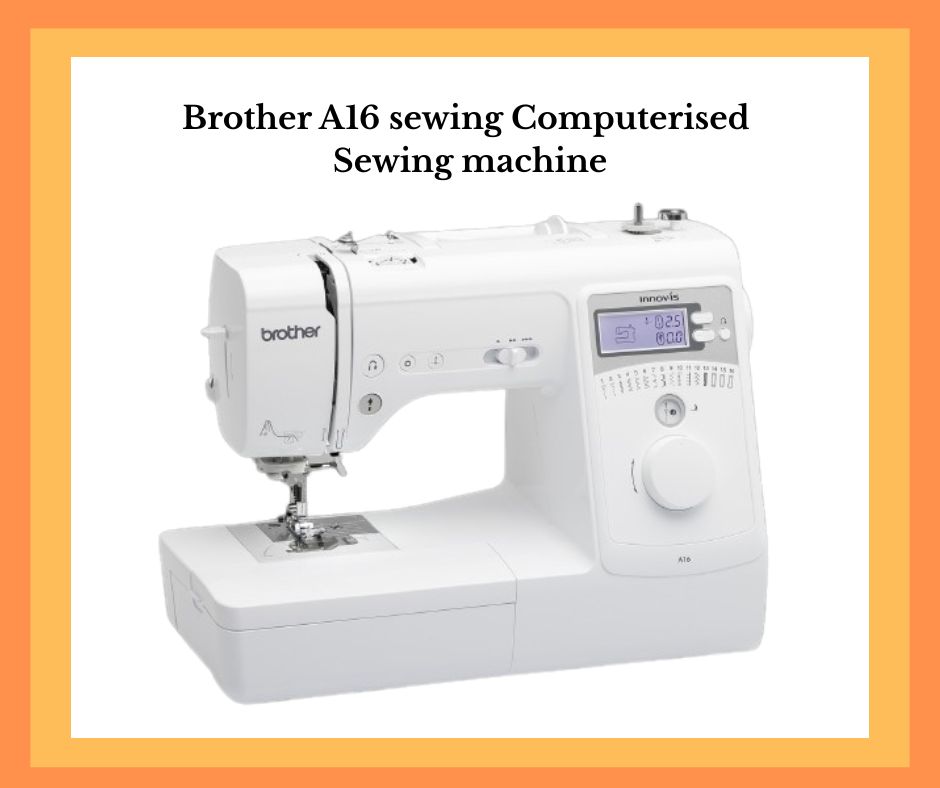
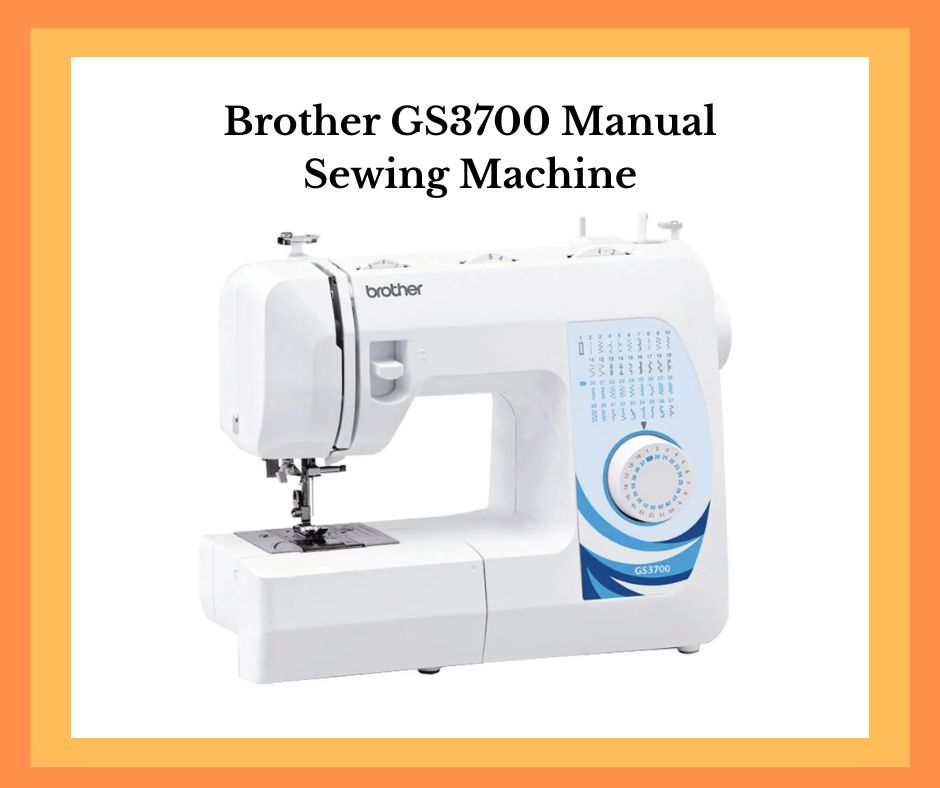
2. The Downsides of Opting for a Cheap Machine
While it may be tempting to opt for a budget-friendly sewing machine as a beginner, there are several downsides to consider:
Limited Features and Functionality: Cheap machines often come with basic features, offering fewer stitch options and limited capabilities. This can restrict your creativity and hinder your ability to tackle a variety of projects.
Prone to Malfunctions: Low-quality components and construction may result in frequent breakdowns and malfunctions, leading to frustration and interruptions in your sewing endeavors.
Shorter Lifespan: Cheap machines are typically not built to last. They may wear out quickly or become obsolete as your skills and sewing projects evolve, ultimately requiring you to invest in a replacement sooner than anticipated.
3. Things to Consider Before Making a Purchase
Before you commit to a sewing machine, consider the following factors:
Your Sewing Goals and Preferred Projects: Think about the types of projects you envision yourself undertaking and the features you’ll need to accomplish them.
Available Space and Storage Options: Consider the size of your sewing area and whether you’ll need a machine that can be easily stored or transported.
Budget Constraints Balanced Against Long-Term Investment: While cost is undoubtedly a factor, it’s essential to weigh the initial investment against the machine’s quality, durability, and potential long-term savings.
Want to learn to sew?
If you are considering doing the Beginners Online Sewing Course can an now purchase the course with a sewing machine included here is the link. Beginners Sewing Classes with a sewing machine
Looking to purchase or upgrade your sewing machine? Look no further that Two Petals See below for details.
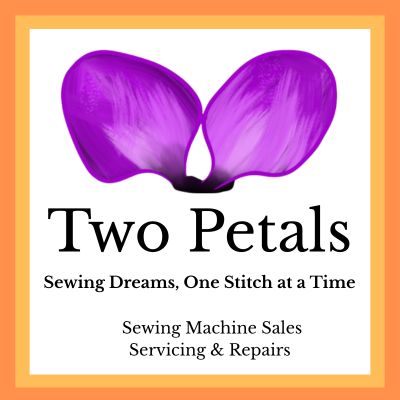
Recommended Supplier: Two Petals
If you’re looking for a reliable place to buy a sewing machine, I highly recommend Two Petals. They’re an Australian-owned business based in Pakenham but deliver right across the country. What I love is that they really know their stuff—offering great advice, excellent customer service, and a wide range of sewing machines, overlockers, and accessories. Whether you’re a beginner or upgrading your current machine, they’re a trusted supplier
Tel:0419 280 863
